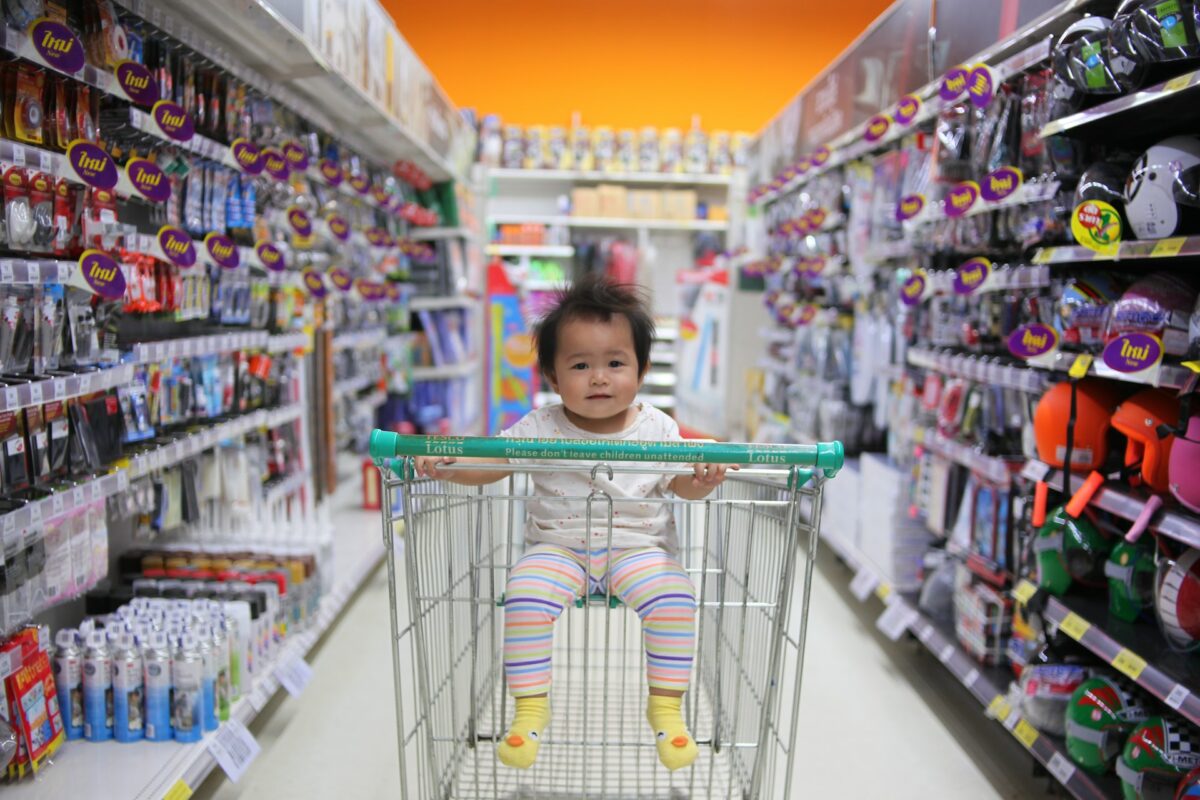Most good marketers know how to gain top of mind. Good marketers are adept at widening the funnel at the top end. They’ve good at introducing new lines, new variants, new dimensions – in order to attract new customers.
They know how to work with their agencies and their internal teams to fashion a story that intrigues to draw an audience. They know how to weight media flights and craft promotions that persuade consumers to call or to visit. They’ve learned to charm. Competition’s taught them to do that well.
That used to be their biggest challenge.
Some would argue of course that’s never been more difficult, but, ironically, it’s not the biggest challenge marketers face anymore.
Now the biggest challenge facing marketers is gaining and retaining front of heart: sustaining the appeal for those who already believe in the face of ongoing enticement from determined competitors.
That’s because, between initial purchase and continued purchase, a vital change takes place. What consumers need at first is awareness, authenticity, excitement and a sense of gain. The sales funnel works well to get them through the obstacles to first buy.
But after that comes the need for affirmed faith. Once consumers are passionate about a brand, they need different things. They certainly don’t need to be sold to anymore – at least not like they were sold to at first. Now they need to be reminded that they’re making the right choice every time they buy, and they need to feel rewarded for the decision to lock in.
Problem is, for so many brands there’s no real sense of that reward. They either ignore loyal consumers. Or smother them. They group them as stats. Or they don’t segment them at all.
These to my mind are four of the biggest mistakes that marketers make that lead to a loss of loyalty:
1. They can’t make the transition from sell to story – some brands put product targets ahead of relationship targets in the mistaken belief that if they sell more, they will earn greater loyalty. They keep using the same sales model with people who are already loyal to them in the belief that they have to keep convincing consumers to buy again and again and again. But, once a strong relationship is established, revenue is one of the outcomes of that relationship, not the qualifier, and that’s where more brands need to focus their attention. No loyal buyer wants to feel that they are only as important as what they last paid for. And no-one wants to feel taken for granted. Brands need to become much more adept at telling stories that keep loyal customers intrigued and wanting to become more involved. After the initial challenge of conversion comes the deeper challenge of immersion.
2. They’re afraid of conversation – many brands are afraid of debate and honest discussion. Conversation concerns them. It feels like a distraction from the real issues of getting out there, competing and making money. I’m always intrigued by how readily marketers agree that word-of-mouth is the most powerful way of winning business, and yet how so few seem to act on the logical extension of that thought – that WOM must be the most powerful way of keeping business. Question: what are you doing to keep your loyal customers talking?
3. They think a community is a high-maintenance relationship – so many brands say they welcome feedback when in fact they don’t. They listen to it. They probably record it. But that’s as far as it goes. Actually, they think of their front line as a defensive line and their frontline staff as a resource that is there to limit damage, absorb or deflect criticism, and basically function as a human answer machine service with scripts and carefully cured responses. But if you don’t give your people the permissions and the tools to genuinely interact, to ask questions and to feed back what they hear into the organization, you are paying a lot of people a lot of money to frustrate everyone by the book. It may look right operationally. It may function correctly by the numbers. But its greatest efficiency, in reality, is the streamlined manner in which a regimented contact center destroys the desire for interaction. In time, people switch off.
4. They stick with what they know and they tell themselves it’s what people want – the last thing any brand should do is treat its loyal fans as a static constituency, and yet so many do. The more they get to know their consumers the more they look to categorize them in ways that feel familiar. Problem. People are just not that simple. If you fail to test the boundaries with consumers who love the brand, all you continue to offer them is more of the same. That’s not exciting. The challenge for any brand is to bring its loyal customers with it as it evolves, so that they feel involved and included based on what they know, at the same time as they feel stimulated and intrigued by the new things that are presented to them.
Brand loyalty is basically about keeping people interested. It’s about elevating your loyal customers’ heartbeat over a sustained period of time. That’s harder than it sounds in a world teeming with distractions.
The Blake Project Can Help: The Customer Experience Workshop and The Brand Storytelling Workshop
Branding Strategy Insider is a service of The Blake Project: A strategic brand consultancy specializing in Brand Research, Brand Strategy, Brand Licensing and Brand Education




